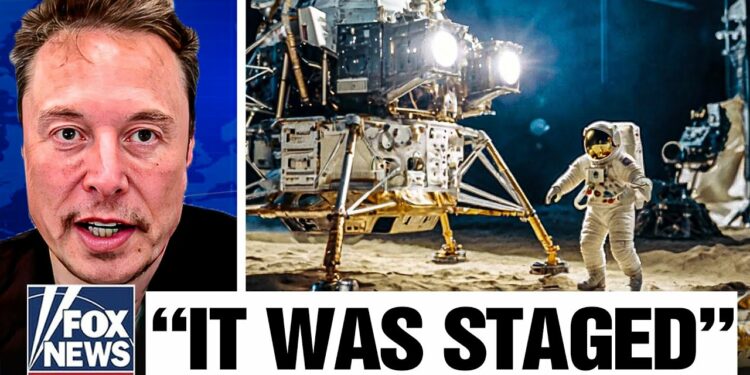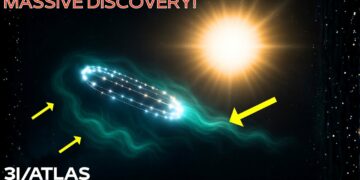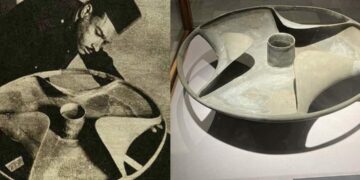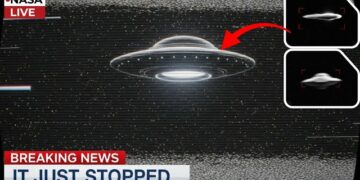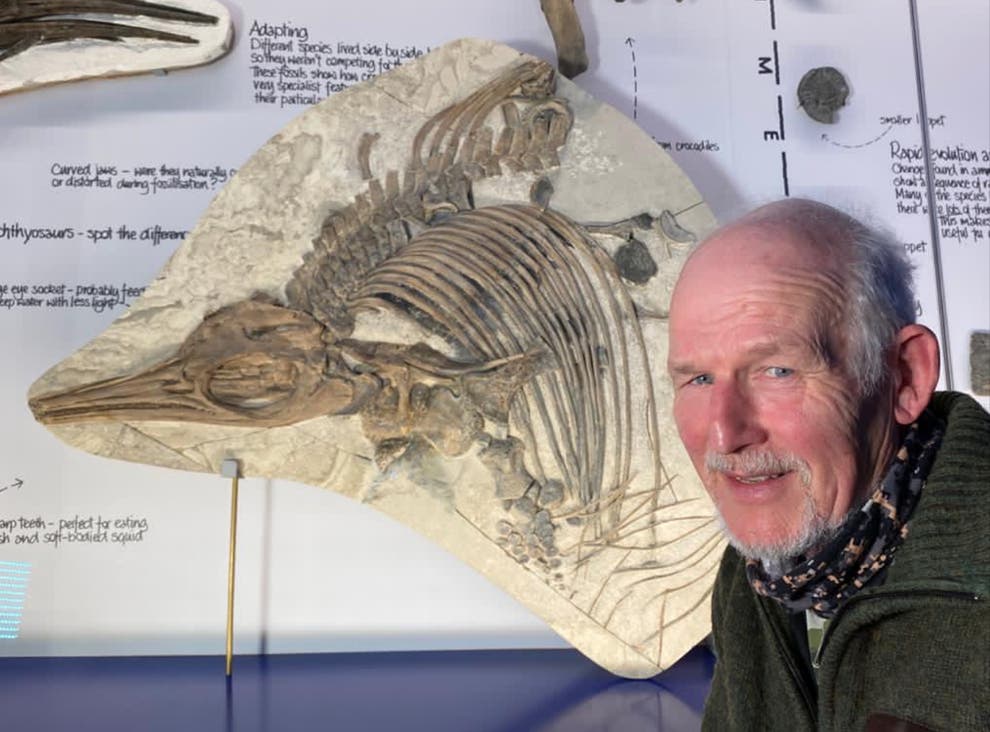The moon landings are widely debated, with some claiming they were fabricated. Critics assert, with absolute conviction, that humans never set foot on the moon, a controversy that has persisted since 1969. Over 50 years later, experts and figures like Elon Musk have weighed in with intriguing remarks. Why does the moon landing remain so contentious, and what is Musk’s stance on whether the government misled the public? Join us as we explore why Elon Musk believes skeptics misunderstand the moon landing’s reality.
Humanity has long been fascinated by space exploration, with the moon as the first target. In 1960, plans emerged to send a three-man team to orbit the moon, not land on it. President John F. Kennedy’s 1962 speech crystallized the ambition to land a man on the moon before 1970. This dream was realized in 1969 when Neil Armstrong took his historic steps. Achieving this required immense effort, recruiting top minds, and pouring vast financial resources into the project. However, the journey was fraught with setbacks. The Apollo 1 mission, NASA’s first attempt to reach the moon with astronauts Virgil Grissom, Edward White, and Roger Chaffee, ended in tragedy when a fire destroyed the Command Module, killing the crew. NASA conducted investigations, overhauled the module, and added a launch vehicle for the lunar module. Apollo 4 to 9 tested the improved spacecraft, with no missions labeled Apollo 2 or 3, as they were uncrewed repeats of Apollo 1. Apollo 10, the fourth crewed mission, successfully orbited the moon, paving the way for Apollo 11.
By Apollo 10, scientists had extensive knowledge of the moon’s surface and conditions, gathered from telescopes, probes, and satellites. These insights informed astronaut training, simulating lunar scenarios. While this data was valuable, landing on the moon and collecting samples was unparalleled. Apollo 11’s success, with Armstrong and Buzz Aldrin walking on the moon, was a global milestone, inspiring further missions and other nations’ lunar ambitions. Iconic photos and videos from these missions remain timeless, but unexplained phenomena and conspiracy theories have fueled skepticism, bolstered by alleged whistleblower leaks. One major claim is that the landings were staged. A key piece of evidence cited is the absence of stars in lunar photos and videos, despite their prominence in other NASA imagery. NASA counters that lighting conditions and 1960s camera technology, combined with sunlight overpowering starlight, explain this. Another point is the lack of a blast crater from the Apollo craft’s landing, which NASA attributes to the moon’s dust layer absorbing the impact. Over 50 years later, footprints and artifacts from the landings remain visible, supporting Musk’s assertion that the U.S. did land on the moon and that conspiracy theorists are mistaken.
Six Apollo missions followed Apollo 11, with Apollo 17 in 1972 as the official last. Rumors persist of secret missions up to Apollo 20, with some claiming NASA encountered alien life, though the agency denies this. The five-decade gap since Apollo 17 raises questions, especially as the American flag and other items left on the moon have degraded or been obscured by dust, making the landing site hard to identify via telescopes or probes. Conspiracy theorists ask why NASA, with today’s advanced technology, hasn’t returned. NASA explains that modern probes and telescopes, like James Webb, provide detailed lunar data, reducing the need for costly crewed missions. Resources are now focused on studying other planets, and Apollo’s samples, like moon rocks valued at $50,000 per gram on the black market, provided extensive insights into the moon’s composition.
The live broadcast of the moon landing, monitored globally, further debunks hoax claims. The 1960s technology limited Apollo’s cameras to monochrome SSTV at 10 frames per second, requiring NASA to enhance footage for public release. Radio transmissions, however, were broadcast nearly instantly via telescopes like Goldstone, Honeysuckle Creek, and Parkes Observatory. These signals were picked up worldwide, including by the Soviet Union, which Musk notes closely tracked the mission and even congratulated the U.S., dismissing hoax theories. Since 1972, nations like China, Japan, and Russia have conducted lunar missions, finding evidence like the U.S. flag and plaque, yet none have disputed the 1969 landing. Musk emphasizes that Russia, a Cold War rival, would have exposed any fraud, given their own lunar efforts, starting with Luna 2’s successful 1959 landing.
Despite this, skeptics point to issues like the “waving” flag, which NASA attributes to the moon’s lack of atmosphere and vibrations from handling. Another concern is the non-parallel shadows in photos, suggesting studio lighting. NASA explains this as a matter of perspective and limitations of 1960s cameras, which required post-processing. Allegations also surfaced that NASA used training footage to replace lost 1969 recordings, fueling distrust. The 1976 book We Never Went to the Moon by Bill Kaysing, a non-scientist, popularized these theories, gaining traction amid public distrust in the government. While suspicious gaps exist, substantial evidence supports the landings.
Elon Musk, SpaceX CEO, revealed plans for a grander lunar mission, surpassing Apollo’s scope. SpaceX, contracted to take astronauts to the moon, aims to build a lunar base using its Starship, capable of carrying 100 tons of payload. Musk sees the 1969 landing as an anomaly, achieved with technology ahead of its time, akin to pulling the future into the present. He believes SpaceX’s mission will establish a moon city, followed by a Martian base to ensure humanity’s survival. Musk’s vision underscores his conviction that the Apollo landings were real and pivotal for humanity’s spacefaring future.

